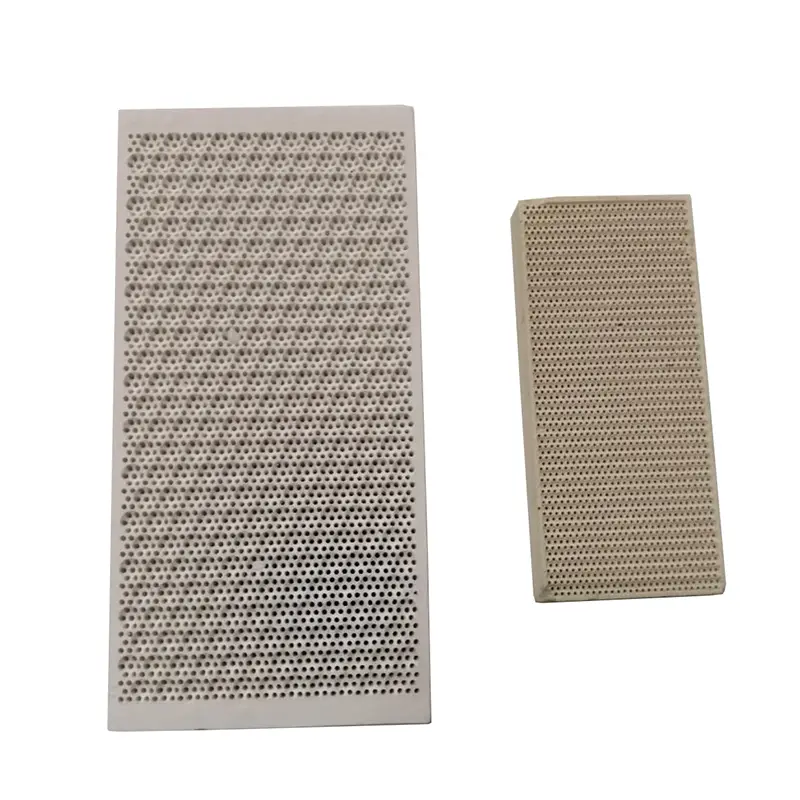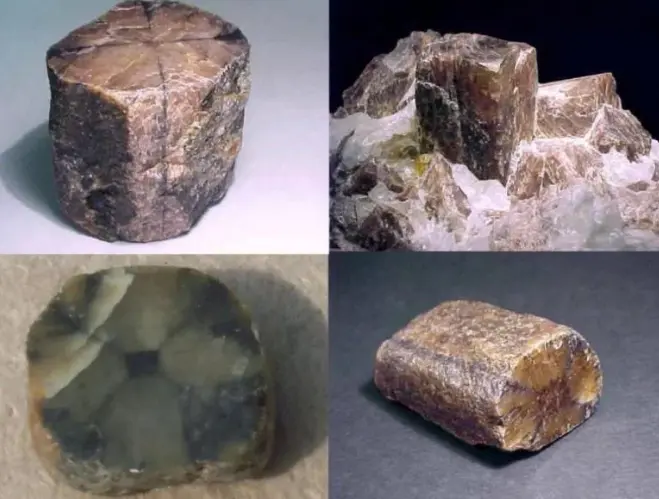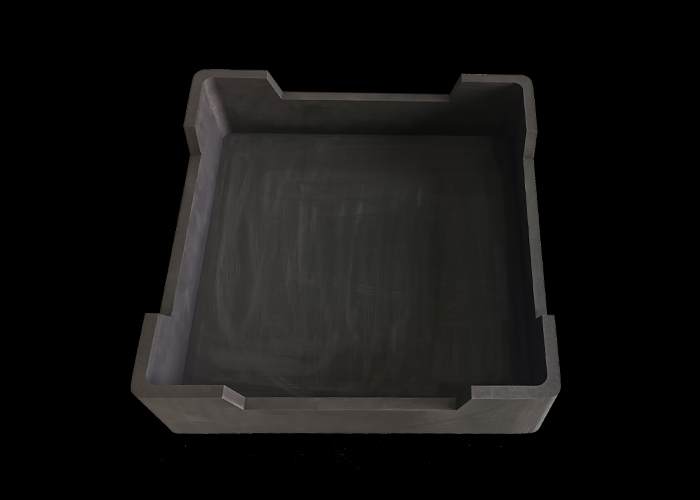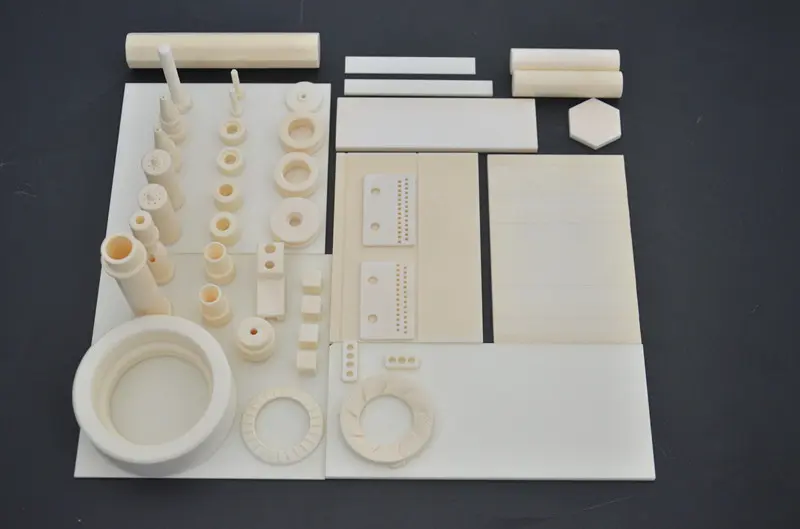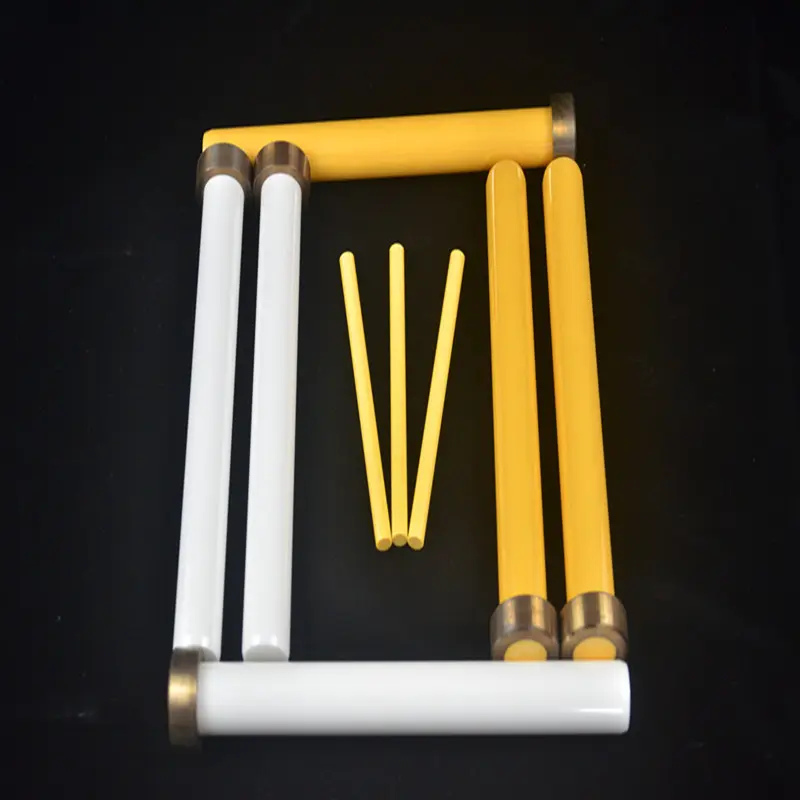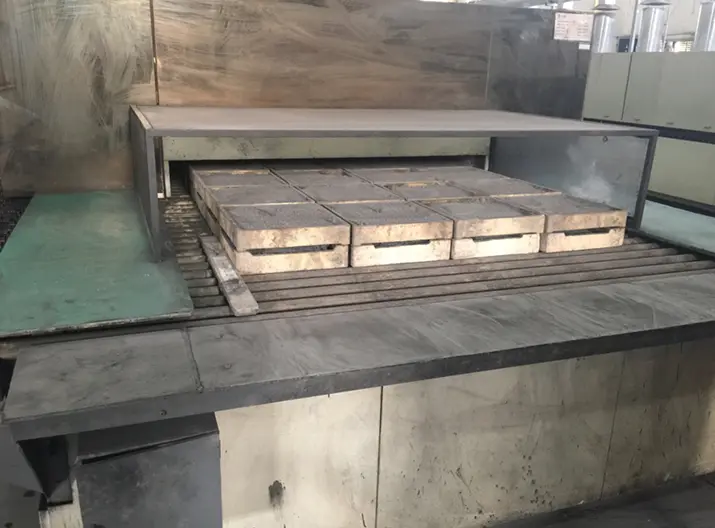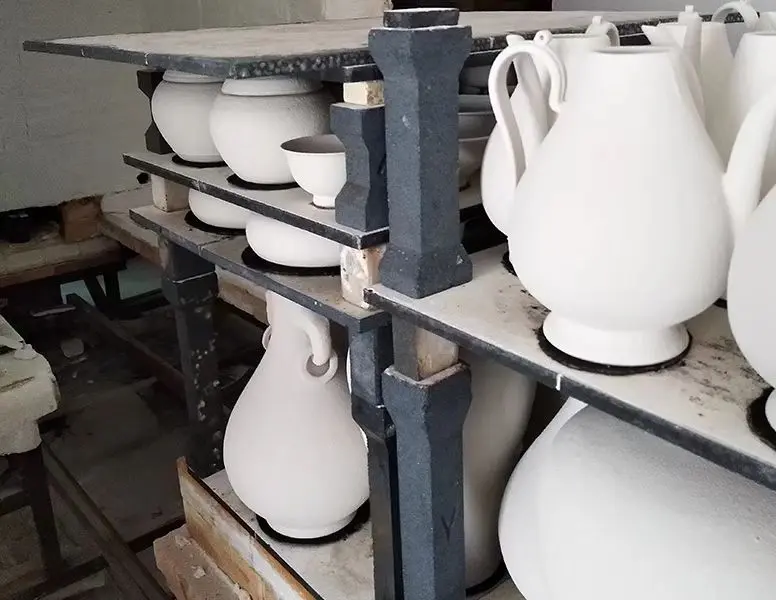Improving performance of ceramic-based Components for Electronics
MLCCs are passive electronic components created from layers of alternated dielectric ceramic material and metal electrodes. These layers are stacked and then sintered to create a compact and high-capacitance device. The ceramic material used is typically barium titanate (BaTiO3) or a derivative and the metal electrode is typically nickel and a layer of tin. MLCCs distribute and control the amount of current flowing through circuits, remove noise and prevent malfunction, enabling high performance, multi-functionality and high integration in electronic devices.
As these devices become smaller and more compact, the need for miniaturized, higher-capacity components becomes ever more important. MLCCs enable designers to shrink the footprint of their circuits without compromising performance. To that end, MLCC manufacturers are developing ultra-small and ultra-high-capacity products, which requires ever-thinner single layers. It also requires dispersants that can help make that happen.
Ceramic Slurry
Creating ceramic capacitors involves multiple steps. The first involves mixing ceramic powder with an emulsion of solvents and resin binders to create a ceramic slurry. In this step, dispersants are used to improve the properties of the ceramic slurry and enhance the performance and quality of the final product. The role of the dispersant is to deliver more efficient processing and better quality in thinner films by enabling low viscosity with higher ceramics loading, smaller particle sizes (around 100 nanometers or less) and more consistent, reproducible homogenous slurries.
After the ceramic slurry is created, it is spread onto a flat surface in a thin layer and dried to create ceramic tape. This thin layer is cut into rectangular sheets, which will become the capacitor layers. Metal electrodes are then deposited onto the ceramic sheets, and sheets are then stacked to create a multilayer structure. This is followed by several more steps, including lamination, cutting, termination and more, to produce the final MLCC product.


